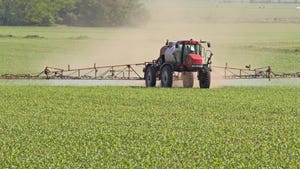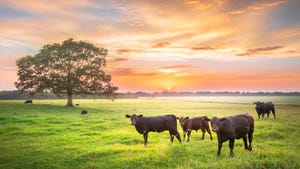May 23, 2022
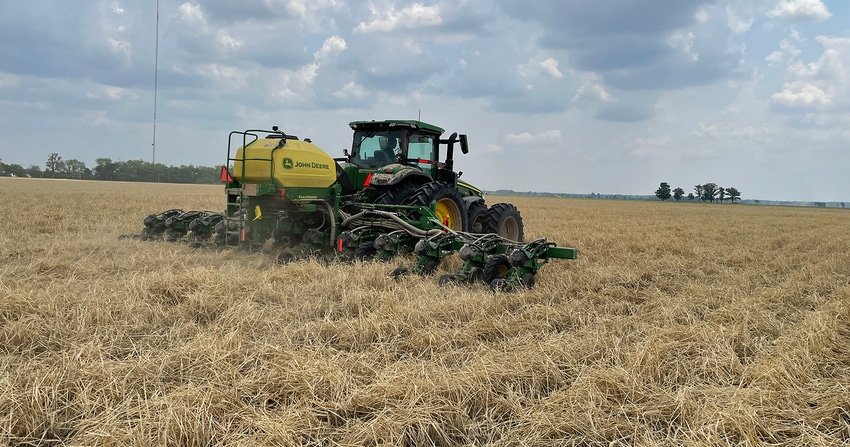
A much needed stretch of sunny days has enabled Arkansas’ cotton farmers to get more than half of their planting done as December futures prices hit their highest level in 11 years.
For the week ending May 15, Arkansas cotton was 53% planted, up from 32% the previous week and betting the five-year average of 49%, according to the National Agricultural Statistics Service, part of the U.S. Department of Agriculture.
“We basically doubled this for the last reporting period,” said Bill Robertson, extension cotton agronomist for the University of Arkansas System Division of Agriculture. “We were 60% planted on our county variety demos starting this week and were going to be 80% planted by end of the day Tuesday. Planting progress of our county tests often runs very similar to the state’s planting progress.”
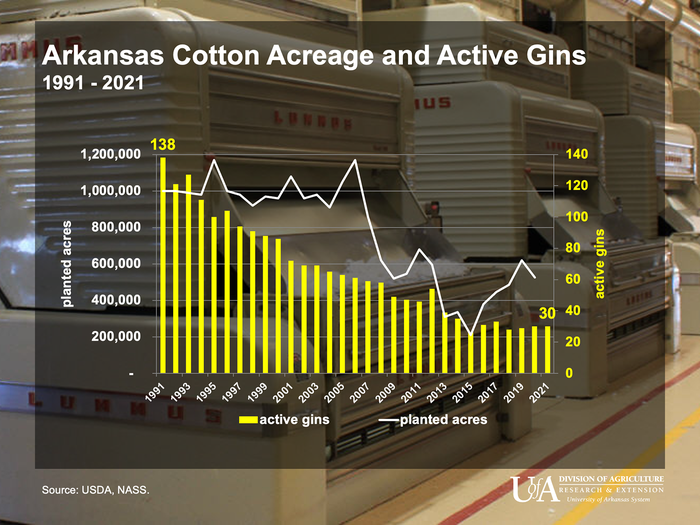
Highest contracts
“For 2022, cotton looks to have very favorable margins. This is despite input costs increasing close to 40% over the past year or about $210 per acre,” he said.
“Assuming a 1,250-pound-per-acre yield, growers needed an additional 17 cents per pound to offset input cost increases,” Stiles said. “Fortunately, the trends in the cotton market have provided growers some cushion to offset the dramatic increases we've seen in fertilizers, chemicals and fuel.”
Stiles said that December 2022 cotton futures were trading at $1.32 per pound on Monday, the highest the December contract has traded since June 2011.
Drought in the west
In USDA's May 12 supply/demand report, U.S. cotton ending stocks for the 2022 marketing year are projected to decline 500,000 bales to 2.9 million. This would be the lowest U.S. ending stocks since 2016.
“This outlook may seem odd as U.S.-planted acres are expected to increase by 1 million this year,” Stiles said. “However, the severe drought conditions in Texas and Oklahoma are expected to increase the number of acres abandoned or unplanted.”
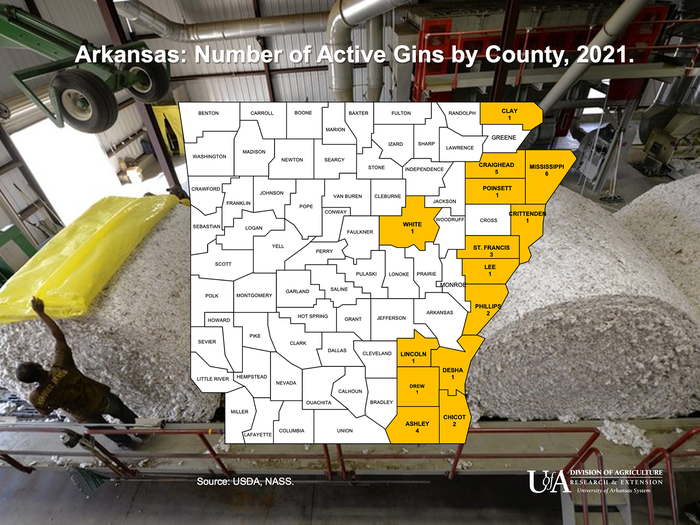
“This creates a great deal of uncertainty about the size of the 2022 U.S. cotton crop,” Stiles said. “Texas, Oklahoma, and Kansas are projected to have 61% of the total U.S. cotton acres; about 7.5 million acres. All three states are dealing with very dry conditions at planting.”
Source: University of Arkansas System Division of Agriculture, which is solely responsible for the information provided and is wholly owned by the source. Informa Business Media and all its subsidiaries are not responsible for any of the content contained in this information asset.
You May Also Like

